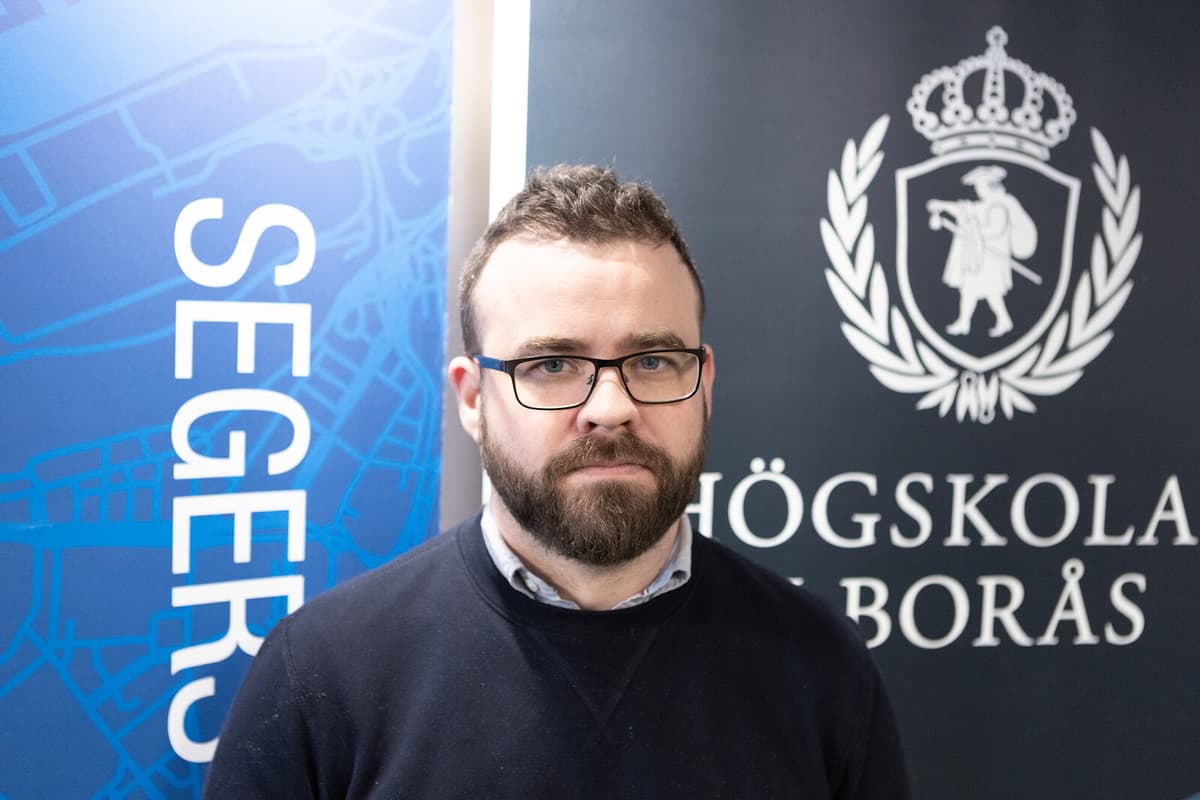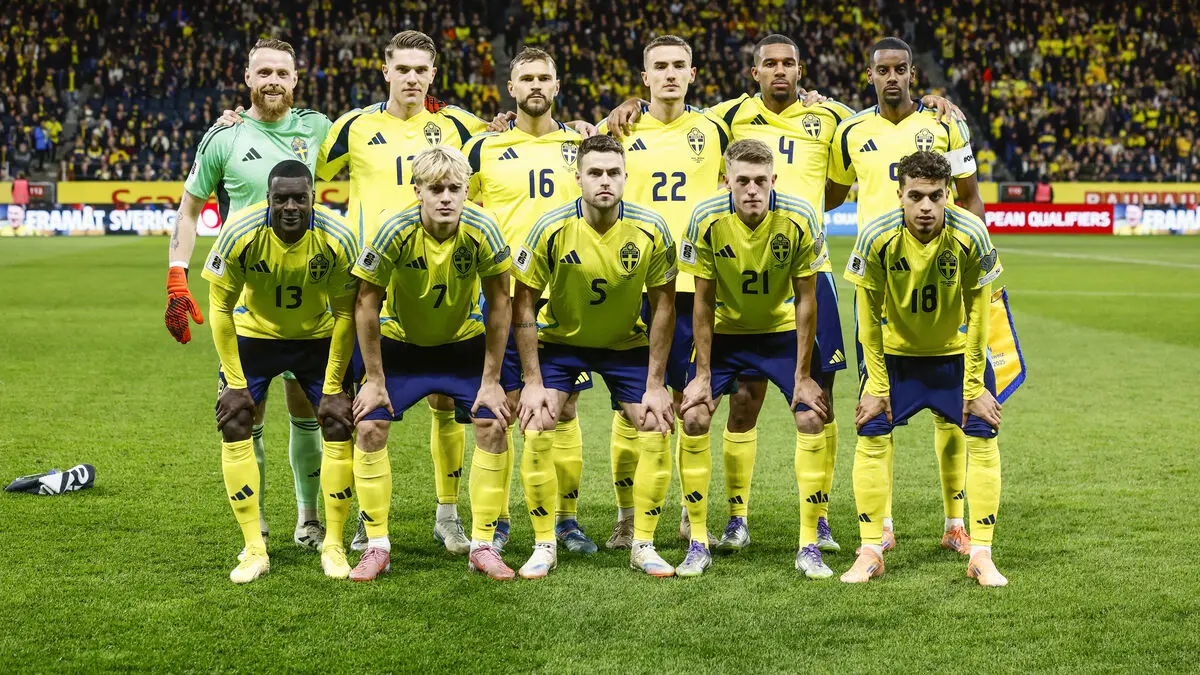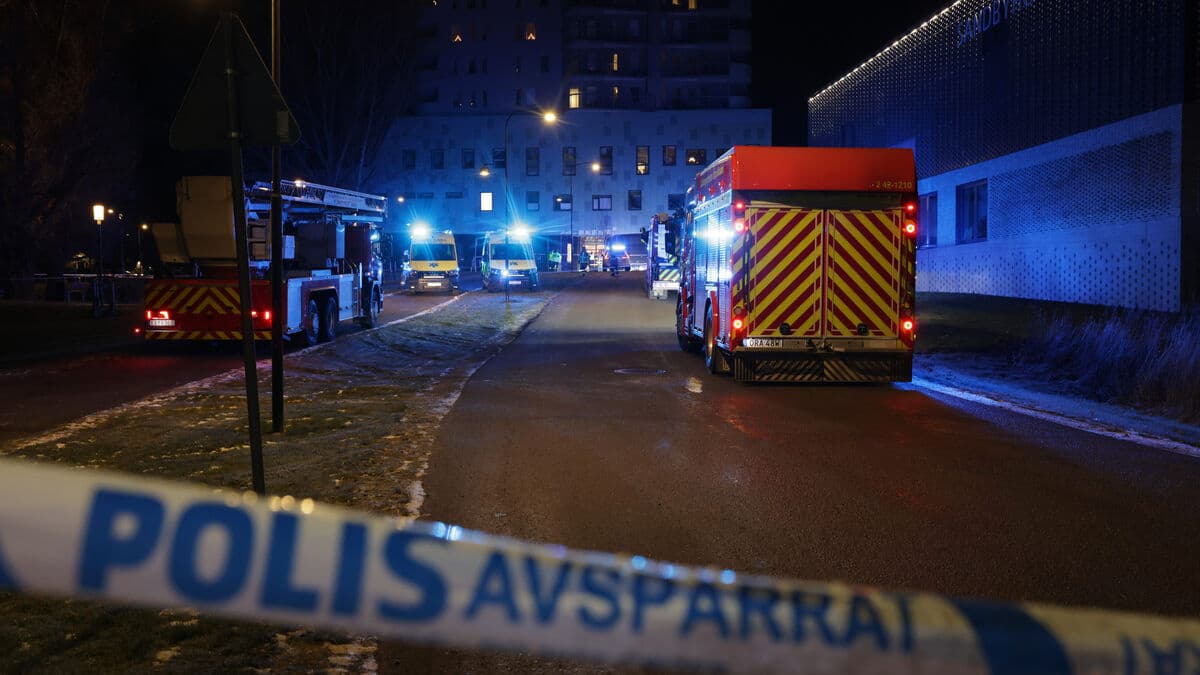The usual is that someone knows. That it comes completely out of the blue is exceptionally rare.
Paul Gill, professor of security and crime studies at University College London, happens to be in Borås to lecture just as Sweden has experienced the worst mass murder in modern times.
There is not a single profile that characterizes the entire group behind this type of violence, more than that it largely consists of men, says Paul Gill.
He highlights various risk factors such as traumatic experiences, mental health problems or mental illness and self-harm.
This type of violent act can be committed anywhere, anytime. It is the result of a perfect storm - an individual with various types of risk factors who simultaneously has both the ability and opportunity to carry out such a violent act.
Difficult to detect
He notes that the Swedish police have said in this case that there were no warning signals before the act.
I think that as the investigation progresses, it may well turn out that there were people around this individual who caught a type of signal that the police may not have caught, he says.
Security services around the world usually highlight lone-actor perpetrators as the most difficult to detect.
It's because as long as you're going to do something in a group, you communicate with each other. In that communication, there is also an opportunity to detect individuals, says Robin Andersson Malmros, researcher at the University of Borås and the Segersted Institute at the University of Gothenburg.
He points to studies that show that a majority of lone perpetrators tell someone about their plans in advance or at least give their surroundings indications.
"Tend to leak"
These individuals tend to leak, but there are of course exceptions.
Those in the surroundings can draw the conclusion to turn to the police, he notes. It may be due to fear of getting into trouble themselves or that they have gotten used to strange statements from the person they are worried about.
If you're going to do something in the future, it's important that, for example, relatives and professionals know where to turn with their concerns, says Robin Andersson Malmros.
He points to the support function at the Center against Violent Extremism as an example, as well as the Save the Children hotline for those who are worried about radicalization.





